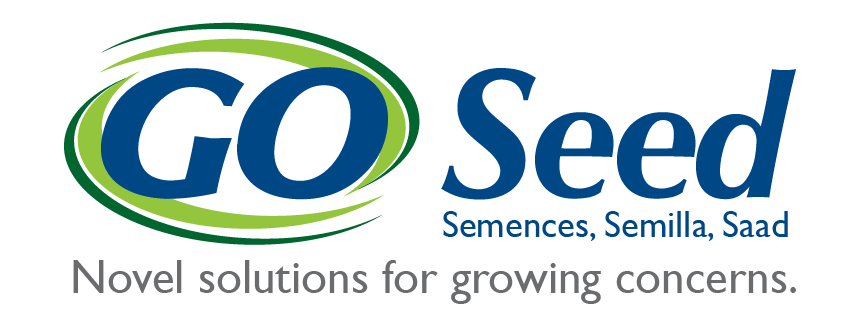What do a Mississippi beef farmer, Arizona greenskeeper, and California vintner all have in common? Soil is their biggest asset.

When it comes to creating and maintaining a sustainable system, it’s not uncommon for the focus to be on what is happening above ground rather than below. Yet, without healthy soil, an agricultural system will never reach its full potential.
“Soil without biology is geology” –Ray Archuleta, soil scientist and retired NRCS conservation agronomist
Read that again and let it sink in. “Soil without biology is geology.” Through the use and abuse of cultivation practices and sole reliance on chemical inputs, we’re at risk of turning our most valuable asset into ancient history. If not addressed, soil degradation will be one of the biggest threats to civilization as we face climate challenges while increasing production to feed an expanding human population.
Our soils are disappearing
It takes 500 years to naturally create an inch of topsoil. Each year, the United States over 1 billion tons of topsoil erosion occurs. This doesn’t include an additional 750 million tons of topsoil annually lost to wind erosion.
In a study by Stanford University, researchers analyzed soil erosion and its impact on agricultural sustainability. What they found is that the use of conventional agriculture cultivation practices leads to erosion rates increasing 10 to 100 times of natural erosion rates. However, conservation tillage and no-till practices didn’t make an impact on the degree of natural erosion.
While there has been a push for the implementation of conservation practices, Sustainable Agriculture & Research estimates soil degradation through erosion to cause $1 billion in crop loss each year.
Degradation is much more than erosion
Our soil degradation crisis is more than erosion – it’s also nutritional. Digging below the ground’s surface reveals an entire ecosystem that relies on components like soil structure and organic matter in order to live and function.
Compaction shuts down water, air, and nutrient filtration in soils. Decreased amounts of organic matter rob plants of their carbon food bank and leave soil with nothing to hold it into place. Irrigation in arid regions without leaching below root zones leads to saline contamination.
Protecting and rejuvenating soil
While the information above may sound alarming, a combination of modern plant breeding with holistic production practices gives you the tools to protect and rejuvenate your most valuable asset.
For example, one of GO Seed’s most exciting innovations has been the development of legume varieties that pull nitrogen from the atmosphere and transform it into a stable nutrient source within the soil that won’t leach into waterways. Not only do these varieties come with the benefit of reducing nutrient input costs, but their extensive root systems and ground cover reduce erosion, and improve soil structure and fertility while leading the market in performance.
By working with nature to increase productivity GO Seed will continue investing in the development of value-added tools to help protect our environment’s and customer’s most valuable assets.

Asset Protection is Part 2 of our 5-part blog series. See below for the other blogs.
Part 1: Sustainability Creates Opportunities
Part 2: Asset Protection
Part 3: Clear Vision
Part 4: Clear Direction
Part 5: Time is your enemy – It’s time to GO
For a printable, PDF version of this blog, click below.
Asset Protection. PDF

